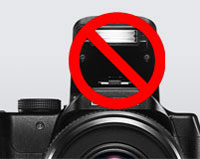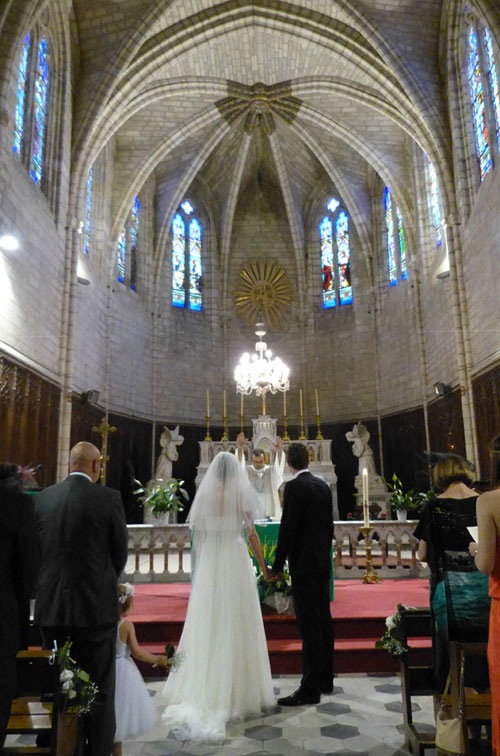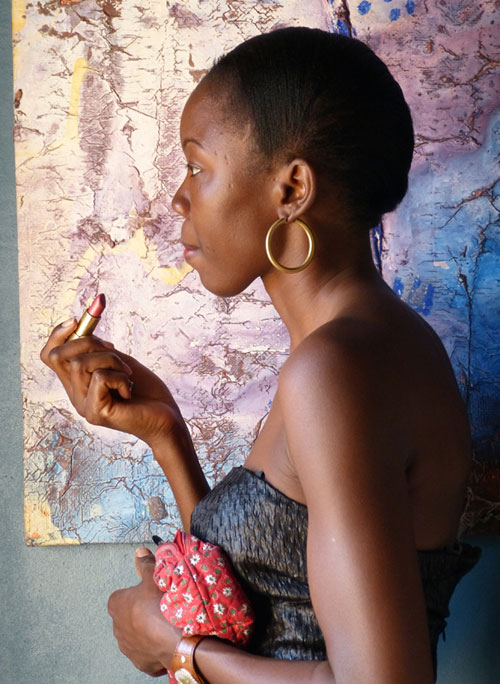Friday Photo Tip: Improve your images by turning off the auto flash and using ambient light
posted Friday, August 17, 2012 at 4:31 PM EDT
 What separates great pictures from ordinary ones? It is the use of ambient light. Despite that, many people continue to shoot all their photos with their camera flashes blazing away.
What separates great pictures from ordinary ones? It is the use of ambient light. Despite that, many people continue to shoot all their photos with their camera flashes blazing away.
Most of the time, that built-in flash in your phone or camera kills the natural light and is the ruin of otherwise decent photos. Certainly flash has its uses but it was never meant for every single photo.
If you want better photos, just turn the damn thing off and rely instead on the camera and your own strong grip.
The ambiance killer
Think about it: the reason to take a photograph is because of the ambient (existing) light and the way it wraps around a subject, or illuminates some part of it. Whether indoors or out, the existing light sets the tone. Using a flash wipes it out and replaces the lovely light with garish front light that makes everyone look as though they were being booked by the cops.
I shot this photo of a woman in Renaissance costume, without flash, in the shadow of a tree lined street. The light is luscious and embraces her features. A front lit flash shot would have made her look like the Bride of Frankenstein.

Weak flashes and wasting energy
Another reason for not using flash is that it barely works. The light output from small flashes is hardly enough to light up a subject six feet from the camera much less anything a dozen feet away.
Despite this, at weddings, concerts and sports events, flashes are constantly going off. It is like throwing water into the ocean: a total waste of time. If you get a good photo at a show or concert, it is because there was sufficient lighting on stage to light up a small town.
(You know, some days I feel like built-in flash is a “comfort feature,” designed more as a security blanket than as a working tool.)
Now, there is one thing that a flash does very well, it drains camera and phone batteries rapidly. Shooting with flash at a concert or sports event means that within a few minutes, the camera or phone will be dead.
The annoyance factor
Built-in flash is the single most annoying invention ever. The other day I was at the wedding of a friend’s daughter and during the service, the audience of friends and family were happily snapping photos.
The interior of the church was filled with the constant explosion of flashes making it feel more like a Lady Gaga concert than a wedding. Finally, the minister halted the ceremony and pointing at the cameras, frowned and shook his finger “no” to put an end to it.
However, since I never use camera flash, I continued to take photos. Relying on the existing light, I was the only one to get photos of the rest of the wedding.

The new world of high ISO speeds
Does anyone recall Kodachrome, which had a whopping ISO 25? Digital camera sensors do not even go that low. By the 1990s, Provia and other transparency films had reached the heights of ISO 400.
How different it is now, when even low end, compact cameras can produce decent images at high sensitivities like ISO 800. Better cameras easily shoot good photos at ISO 3200 which make it the halcyon days for “available light” photographers.
So who needs a flash? Why lose the ambient light and make everything look like a scene from The Wolfman Returns?
For the photo of the model Veronique putting on her makeup, I used ISO 400, braced myself against a wall and let the soft light from a small window provide the illumination.

Image stabilization
This is the best thing since sliced bread. With a good image stabilization (I.S.) system in your camera or lens and a high ISO speed, it is easy to get sharp pictures, hand held in very low light.
Speeds of 1/15th second are doable. This was simply impossible with film, so just select a high ISO, grip the camera firmly, and let the I.S. do its job.
Turning it off
Turning off built-in flash is easy. Your camera Instruction Manual should tell you exactly how to do it.
On some cameras, you will see a flash bolt icon on the body. Tap this, and you get a list of options. Look for the bolt in a circle with a slash through it. This is the Flash Off. Press OK. Voila.
With the light killer silenced, start thinking and enjoying ambient light again. Remember though, however much others tell you to, fight that temptation and do not turn the flash on.